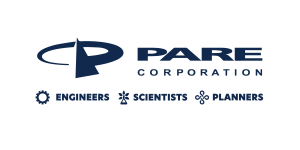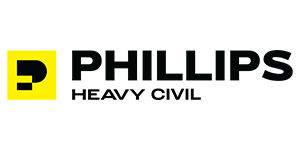Resource
Instrumentation and Monitoring - Simple and Useful
Many dams use various instrumentation and monitoring devices to maintain and improve dam safety. In 1995, the FERC developed instrumentation and monitoring (I&M) guidelines for licensed projects. The guidelines establish standard terminology and provide recommendations for minimum instrumentation, reading frequency, data processing, and evaluation.
Northern States Power Company (NSP) owns and operates 24 dams in northern Wisconsin. I&M devices or procedures have been implemented at each of these facilities to evaluate the performance and safety of the various structures. Like many dam owners, NSP collects I&M data on a regular schedule. This data includes horizontal and vertical control monument surveys, soundings, observation wells, weirs, drains, crack monitors and photographs. NSP decided to reassess its I&M at several of these facilities using a phased approach.
The first phase was to determine the best method of standardizing the data, particularly if computer programs are utilized. Since most I&M items are observation wells, a simplified data base was determined to be the most appropriate. Data input and output were standardized so that direct readings could easily be mathematically reduced and plotted on a regular basis.
The second phase included an independent review of previously recorded data and its' usefulness in predicting problems with a structure. This is an important evaluation element to insure that I&M data is properly located, functioning, and needed. This phase included verifying field techniques and actual locations and elevations of some items. This phase resulted in adding some observation wells and removing others. These modifications result in cost savings and provide useful information in assessing changes, particularly phreatic water or movement.
The third phase was to develop action plans to follow based on pre-established threshold readings or measurements. If the readings or measurements are outside the threshold, the operations personnel can initiate the action plan. For example, a defined change in a well water level could result in more frequent readings, whereby the Emergency Action Plan is implemented. The action plan "triggers" are embedded into the database and recording forms to insure prompt response to a potential dam safety issue. This action plan for I&M changes goes hand-in-hand with regular (i.e., daily, weekly) visual inspections of project components. The project plan booklet is set up for field personnel to visually correlate I&M critical criteria with other similar components of project. This field knowledge is extremely important given that some I&M devices (i.e., observation wells) represent only a "thin slice" of the total dam section.
The paper will review the program evaluations, describe the analyses performed to develop the action plans, and cite specific examples of upgrades or changes that resulted. With personnel changes and staff reductions, informed field personnel must understand the facility functions and be proactive. The development of site specific documents for each project coupled with dam inspection training for site personnel and an easily referenced historical database provides quick response information between on-site representatives and supervisors. I&M data must be useful, easy to interpret, and have guidelines to take actions based on a changed condition. 12 pp.
































